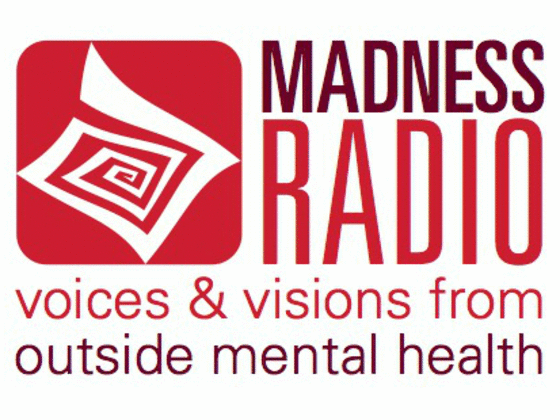From Judi Chamberlin: The Ex-Patients' Movement: Where We've Been and Where We're Going
Submitted by Chas on Tue, 08/10/2010 - 1:21pmNote: "cemental stealth" is my word.
Came across this article first published in The Journal of Mind and Behavior, Volume 11, Number 3, Summer 1990 for their "Challenging the Therapeutic State" issue (see pages 323-336), while going over some quite old notes, via The National Empowerment Center's article section online at:
http://www.power2u.org/articles/history-project/ex-patients.html
Pretty neat! Am especially glad to see that the power2u project is STILL going! And even though I didn't find what I was looking for (info about a Crisis Hostel in the eastern portion of the u.s.), I was glad to see that they have sustained their work so long! And, while Judi Chamberlin has since passed on (from this dimension anyway), her valuable input continues to provide a valuable model for the rest of us! Hide-eee-ho!
Anyway, I thought I'd share the sub-heads and then a few excerpts from the longish (yet worth prioritizing) article:
Guiding Principles of the Movement Exclusion of Non-Patients
Consciousness-Raising
Historical Development of the Movement
Self-Help and Empowerment
Advocacy
Where the Movement Stands Now
References
Two excerpts:
The ex-patients movement began approximately in 1970, but we can trace its history back to many earlier former patients, in the late nineteenth and early twentieth centuries, who wrote stories of their mental hospital experiences and who attempted to change laws and public policies concerning the "insane." Thus, in 1868, Mrs. Elizabeth Packard published the first of several books and pamphlets in which she detailed her forced commitment by her husband in the Jacksonville (Illinois) insane Asylum. She also founded the Anti-Insane Asylum Society...
Also, under the subheading "Guiding Principles of the Movement Exclusion of Non-Patients":
...In the United States, former patients have found that they work best when they exclude mental health professionals (and other non-patients) from their organizations (Chamberlin, 1987). ...
Among the major organizing principles of these movements were self definition and self-determination. ...As these groups evolved, they moved from defying [or defining?--editor Chas] themselves to setting their own priorities. To mental patients who began to organize, these principles seemed equally valid. their own perceptions about "mental illness" were diametrically opposed to those of the [heavily propagandized--ed] general public, and even more so to those of mental health professionals. It seemed sensible, therefore, not to let non-patients into ex-patient organizations or to permit them to dictate an organization's goals.
There were also practical reasons for excluding non-patients. Those groups that did not exclude non-patients from membership almost always quickly dropped their liberation aspects and became reformist in addition, such groups rapidly moved away from ex-patient control, with the tiny minority of non-patient members taking on leadership roles and setting future goals and directions. These experiences served as powerful examples to newly-forming ex-patient organizations that mixed membership was indeed destructive.
In attempting to solve these organizational problems, group members began to recognize a pattern they referred to as "mentalism" and "sane chauvinism" a set of assumptions which most people seemed to hold about mental patients; that they were incompetent [and] unable to do things for themselves, constantly in need of supervision and assistance, unpredictable, likely to be violent or irrational, and so forth. Not only did the general public express mentalist ideas; so did ex-patients themselves. These crippling stereotypes became recognized as a form of internalized oppression.(...)


















